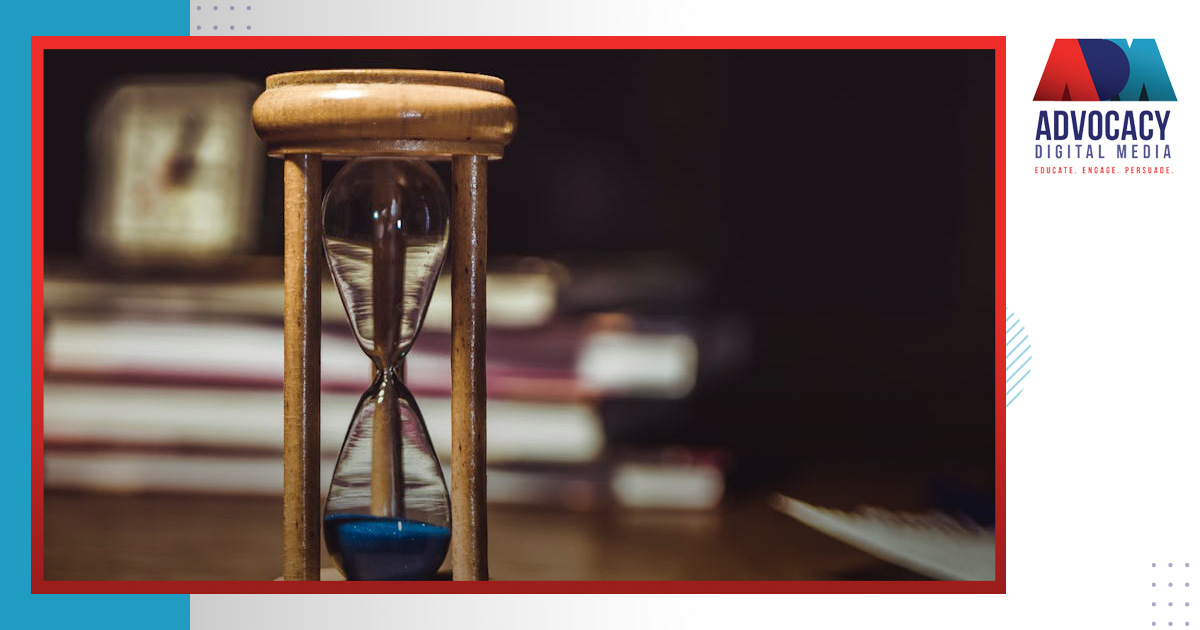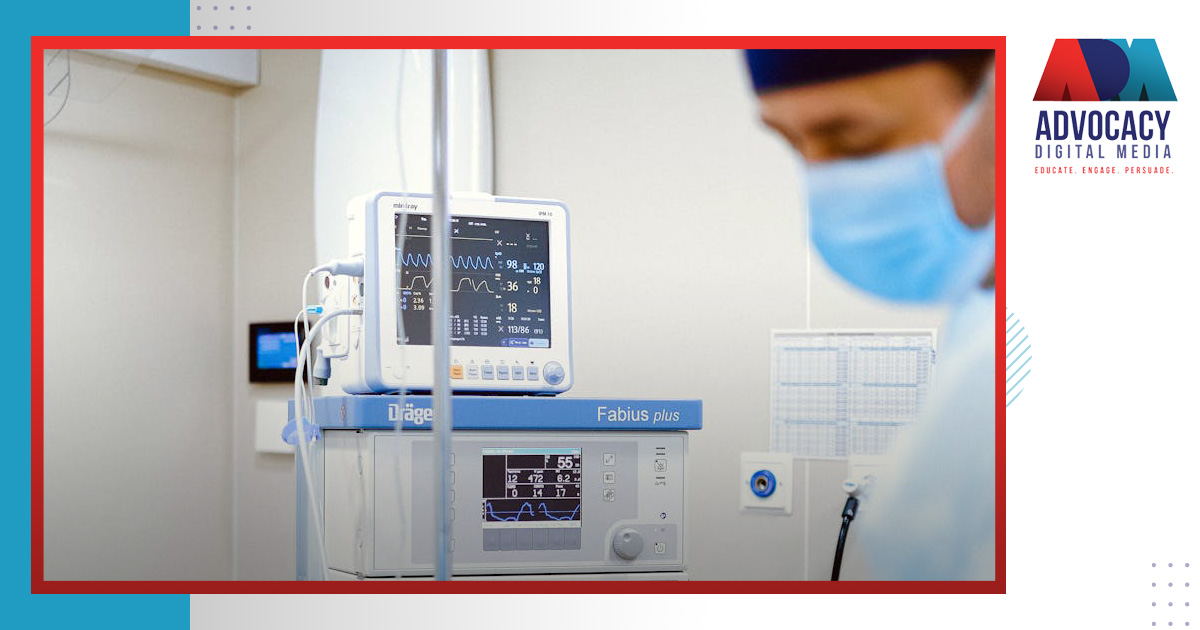How Long Does It Take to Create a Car Crash Reconstruction Visual?
Car crash reconstruction visuals help to clarify how an accident occurred. Whether 3D animations, simulations, or still graphics, they can help to break down scenarios in a way that is easy for juries, attorneys, and insurance adjusters to understand.
But this reconstruction can take time. So, how long does it take to create a car crash reconstruction visual?
In this blog, we will look at the factors that influence the timeline for creating a reconstruction visual so you know what to expect.
How These Reconstructions Are Created
There are several steps in this process. Many times, this can range from a few days to several weeks, depending on the project’s complexity.
Data Collection and Analysis
Before any visual can be created, creators will need to have detailed data about the crash. All of this information must be gathered and analyzed. Some of this evidence can include:
- Police reports have vital information, such as the point of impact, vehicle positions, and road conditions.
- Witness statements can help to describe the sequence of events leading to the crash.
- Vehicle data provides information on speed, braking, and steering before the collision.
- Photographs, videos, skid marks, debris locations, and road conditions can be depicted in evidence from the scene.
- Information on weather, time of day, and visibility conditions can play a role in the creation of these reconstructions.
Many times, this phase can take a few days to over a week. Once again, that will depend on the availability and completeness of the evidence. If additional data or expert reports are required, delays can happen.
Accident Reconstruction and Expert Consultation
Many cases need reconstruction specialists. Forensic engineers or mechanical experts can analyze the collected data to determine how the crash occurred. They would work to
- Calculate speeds and angles of impact.
- Analyze force vectors, braking patterns, and driver behavior.
- Simulate vehicle trajectories based on physics principles.
This step is required to accurately reflect the crash dynamics. Depending on the complexity of the collision, this phase can take another week or two.
Storyboarding and First Draft
Once all the information has been collected and analyzed, now is the time to start the reconstruction. In most cases, the team will begin with storyboarding. With that, they will outline the key moments of the accident. Once that is done, they need to determine the best visual perspective so they can accurately convey the events.
After this, a rough first draft is completed to get an idea about what needs to be added or excluded from the reconstruction. In many cases, this timeline may be a few days to a week.
Visual Creation and Rendering
Next, the tools of the trade are used to start the advanced design of the visual. 3D modeling programs can recreate vehicles and accident scenes, while illustration programs can add motion to the sequence of events.
Depending on the project scope, some other factors can influence the timeline. For example, 2D diagrams may take less time than 3D animations. Along with that, if there are any revisions needed by the legal team, that can also add to the timeframe.
Review and Quality Assurance
Before finalizing the visual, the project members will need to review the product to ensure accuracy and clarity. Experts will be needed to verify that the animation aligns with the data. Also, legal teams must make sure it complies with evidentiary standards. Any discrepancies are corrected during this phase. This step takes a couple of days to a week.
What Can Affect the Timeline?
There are a few factors that can always add time to the project. One of the biggest issues is the complexity of the accident. Straightforward collisions, such as a rear-end impact at a stoplight, are easier and faster to reconstruct than multi-vehicle pile-ups or accidents involving commercial vehicles. With those crashes, the reconstructions may require additional data analysis and detailed modeling. All that can increase the production time.
Also, the availability of the evidence must also be taken into consideration. If the team does not have access to all these pieces, it can create gaps in the visual. In turn, any missing data requires the use of assumptions or extrapolations, which must be validated by experts.
Fortunately, those experienced teams that have access to advanced software and technology can work more efficiently. However, if the project requires outsourcing certain tasks, such as 3D modeling or forensic analysis, it may add time. For that reason, you may want to choose a team that does all of its in-house work to avoid these problems.
Creating a car crash reconstruction visual is a detailed and time-intensive process. Unfortunately, there is no size-fits-all timeline to create a visual.
The timeline depends on the complexity of the accident, the type of visual, and the availability of supporting evidence. While simple visuals can be completed in a matter of days, more intricate 3D animations may take several weeks.
If you would like to know the time frame for your car crash reconstruction, we at Advocacy Digital Media would be happy to answer your questions.







